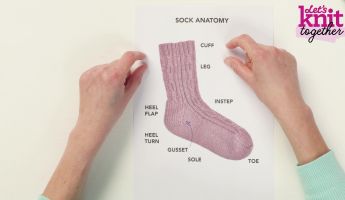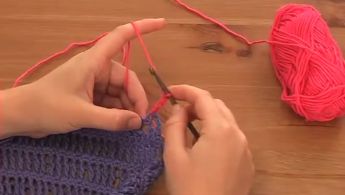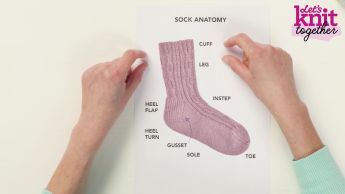Your basic knit kit
video by
Let's Knit Together
- Overview
- Practical Guides
Apart from the yarn for your project, there are a few essentials and some inexpensive extras that will come in handy to help with your knitting, depending on what sorts of items you want to knit.
Knitting needles are of course essential and your pattern will tell you what size you need, which may vary compared to the guide on the ball band. Unless otherwise stated, it’s generally assumed that you will be using straight needles. Other possibilities are whether they need to be circular (two short needles joined with a cord) or double-pointed, also called DPNs. The pattern may also call for a cable needle, often a short kinked needle, for temporarily holding stitches. What your needles are made of is largely a matter of personal choice, with plastic, metal or plastic available in most sizes, although very large needles are often hollow plastic to reduce the weight. There are lots of lovely items available, depending on your budget, but the real split is between what is essential and what is optional, and you can really just start with what you need for your first project and grow your kit from there. Your essential list should include: Knitting needles: in the right size and form, straight, circular, or double pointed, plus a cable needle if required Row counter: for keeping track of where you are in a pattern, either an app or manual counter Scissors: small or embroidery ones are ideal for snipping strands of yarn Tapestry (blunt) needle: for weaving in ends Tape measure: especially for accurately measuring tension squares and blocking pieces to size Crochet hook: for accidentally dropped stitches, and some cast ons, but also handy for pulling strands through Point protectors: to stop stitches slipping off while your work is not in progress; especially useful if you have a large number of stitches on your needles. Project bag: this doesn’t have to be fancy but it certainly helps you keep your WIP tidy, and hopefully out of reach from little hands, playful paws or even jaws! Once you get onto projects with shaping or colour work, you are likely to need: Stitch markers: for shaping or pattern repeats, or just marking the right side of your work; also handy for pinning lightweight pieces together for making up Stitch holders: if your pattern needs you to keep stitches live (not cast off) while working on another section Yarn bobbins: for small amounts of yarn for intarsia work Blocking mat (or ironing board): for pinning out damp items to size and to help define stitches or shapes Pins for blocking: stainless steel pins in various formats are best for holding damp items while they dry, especially if slightly stretched Kit holder: one with compartments or a long section or dividers for your needles – it will mean less rummaging and more knitting time! The list of extras is as long as you like, but here are a few handy picks: Pompom maker: these are available in different sizes Needle gauge: for measuring a knitting needle’s size if it has rubbed off or if you buy a second hand imperial one Finally, for a luxury, a knitting bowl prevents your ball of yarn from running away as you knit, and has the added bonus of being made from an attractive material to further enhance your knitting experience.







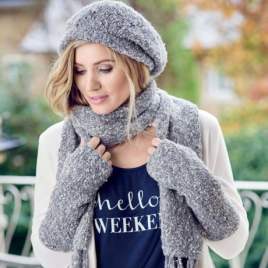

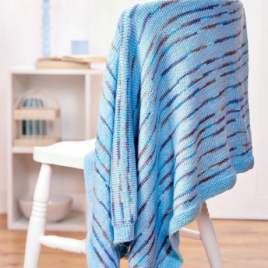
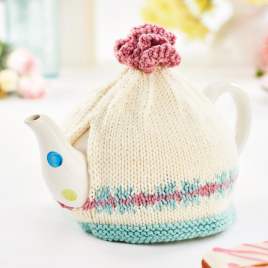
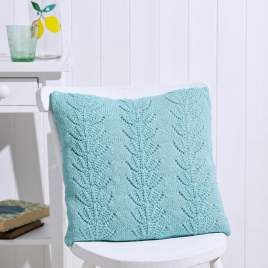
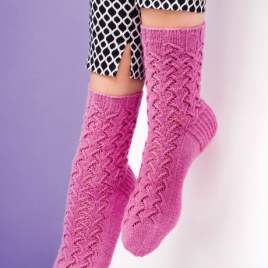
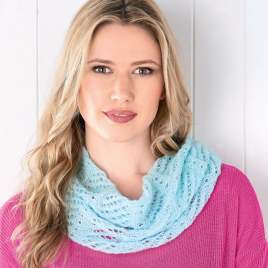

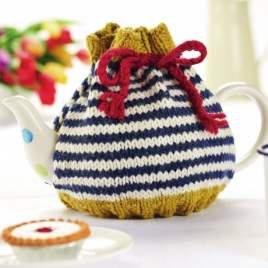
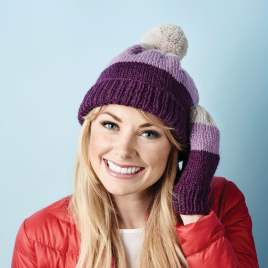

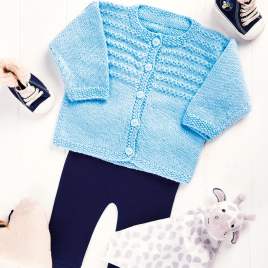

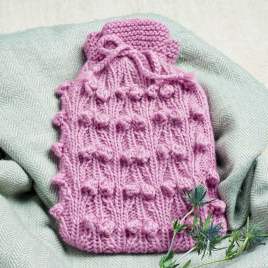
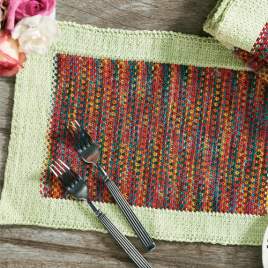
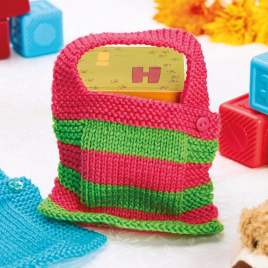
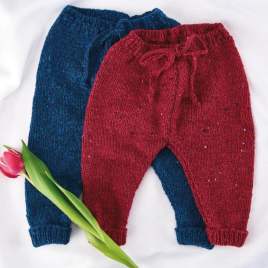
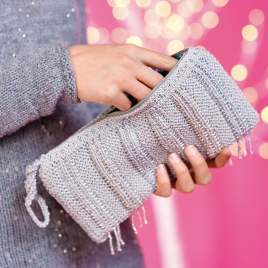
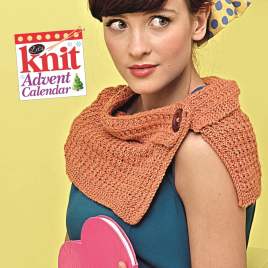
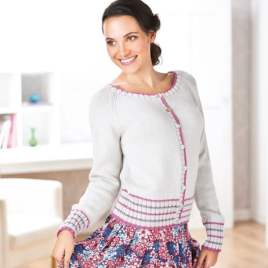
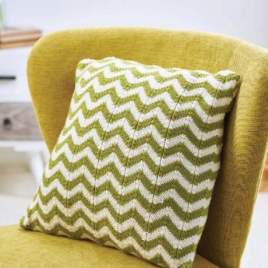
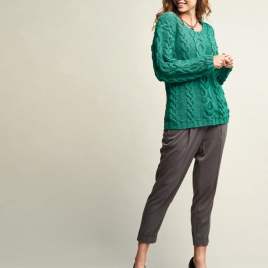
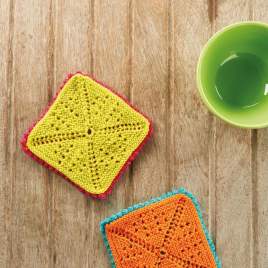
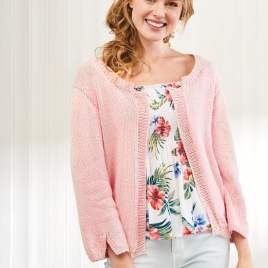
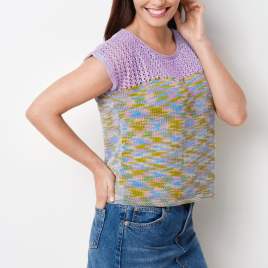
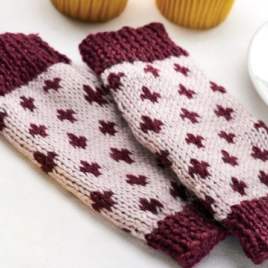
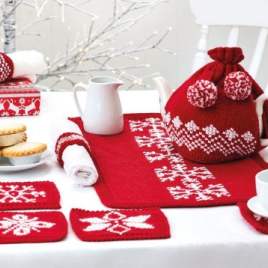

_268_268_64_c1.jpg)
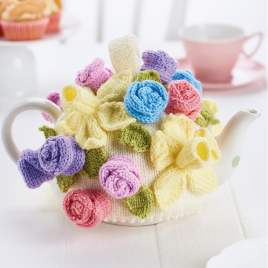
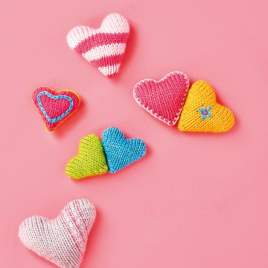
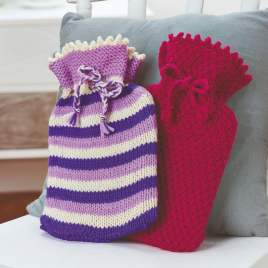
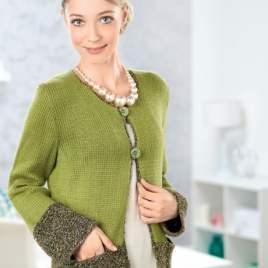
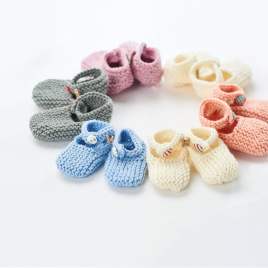
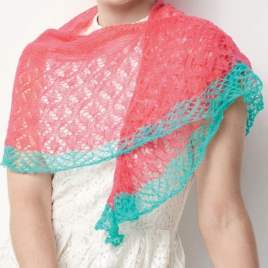
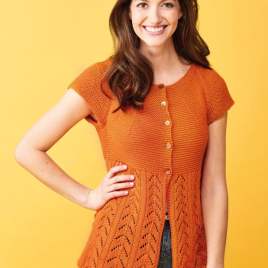
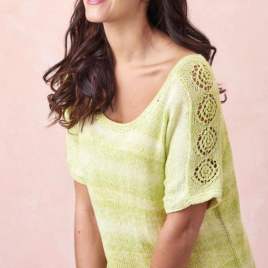
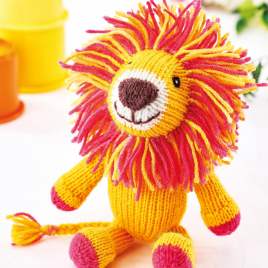
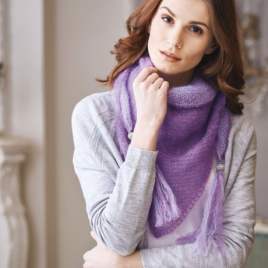
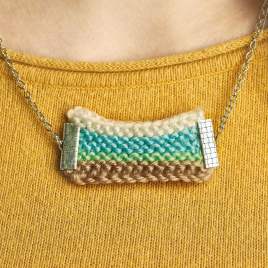
_268_268_64_c1.jpg)
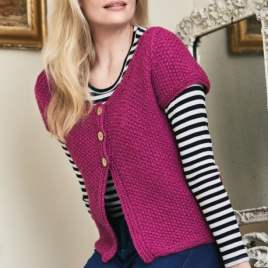
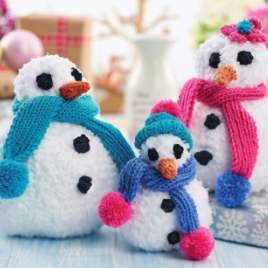
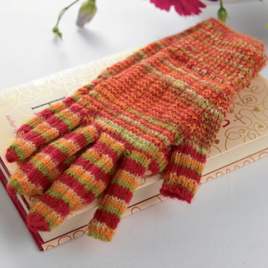
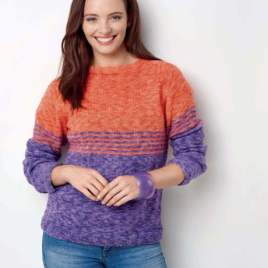
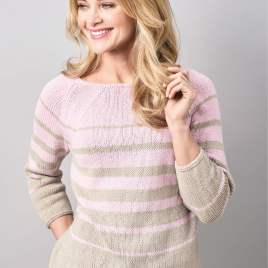
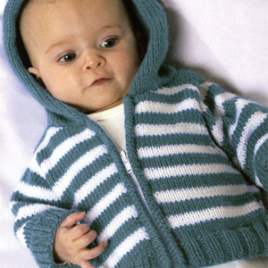
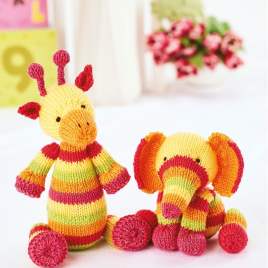
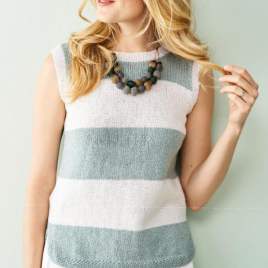
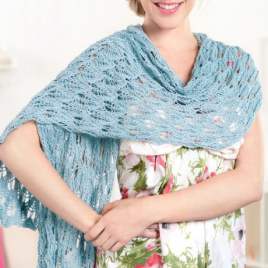
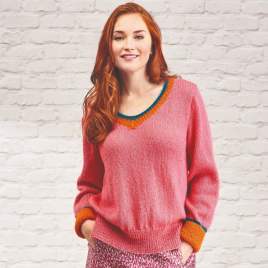
_268_268_64_c1.jpg)













